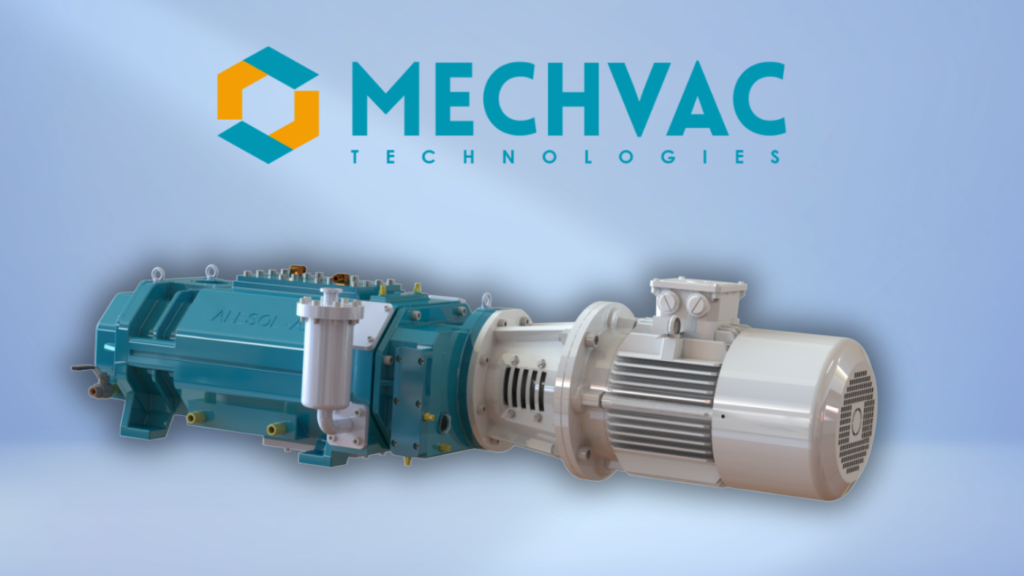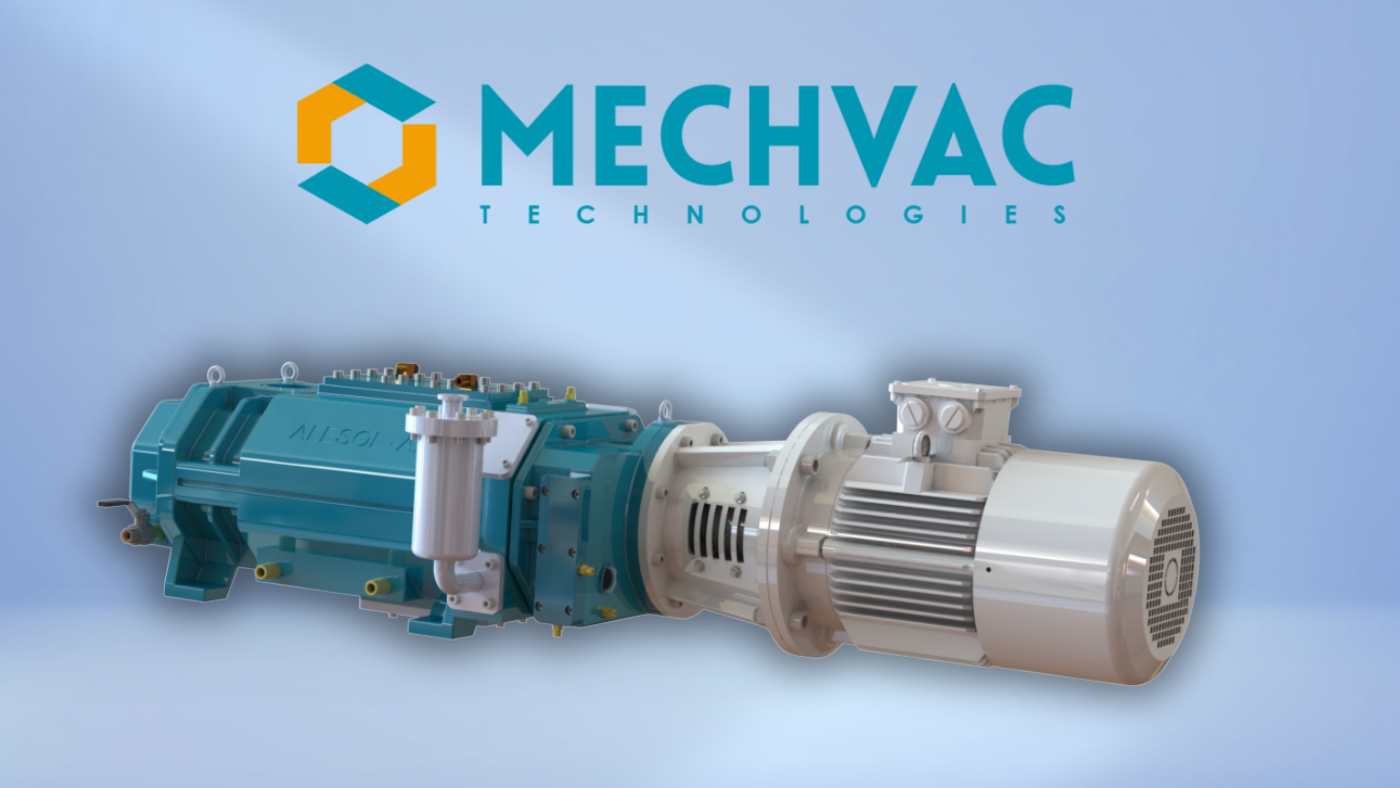Picking the right vacuum pump can make your work easier and save you money. There are many types of pumps, but today we’ll talk about two: Liquid Ring Vacuum Pumps and Dry Screw Pumps. They both create a vacuum, but they do it in different ways. Let’s break it down so you can decide which one fits your needs.

How Do They Work?
Liquid Ring Pump
This pump has a round container with some liquid inside, like water or oil. A spinning part called an impeller turns fast. As it spins, the liquid forms a ring. That ring makes the vacuum you need.
Dry Screw Pump
This pump uses two screws that spin in opposite directions. They don’t touch, so no oil is needed. The screws trap air and push it out, creating a vacuum.
How Hot Do They Get?
Liquid Ring Pump
The liquid inside keeps things cool—between 45 and 150 degrees Fahrenheit. This makes it safe for all kinds of gases, even tricky ones.
Dry Screw Pump
This pump gets hot—up to 450 degrees Fahrenheit. That high heat can be a problem for some jobs.
What Can They Handle?
Liquid Ring Pump
It’s tough! It works great in dirty or rough conditions. It can handle dust, moisture, or even dangerous gases like flammable ones.
Dry Screw Pump
This pump likes clean air only. It can’t deal with dirt, oil, or water vapor. So, it’s best for neat and tidy jobs.
How Much Do They Cost to Run?
Liquid Ring Pump
It’s simple to look after. With just one moving part, you might not need to fix it for 2-3 years. That saves you cash!
Dry Screw Pump
This pump needs more care. You have to change oil and filters often. Repairs can get pricey too.
Which One Should You Pick?
It depends on your job:
- Got dirty air or dangerous gases? Go for the Liquid Ring Pump. It’s tough, safe, and cheap to maintain.
- Have clean air and don’t mind extra care? The Dry Screw Pump might work. Just watch out for the heat.
For expert advice, check with Mechvac Technologies. They know vacuum pumps inside and out and can help you choose the best one for your work.
There you go! Now you’ve got the info to pick the right pump. Think about your needs, and you’ll find the perfect fit!

